2Department of Pathology, Government Medical College, Kottayam, India
Abstract
Crohn’s disease is a subtype of inflammatory bowel disease characterized by transmural inflammation of the bowel wall and granuloma formation. There is neutrophilic infiltration of the crypts and lymphoid infiltration into all three layers of the intestines in varying proportions, leading to ulcers, fissures, and fistulae. These granulomas consist of a vague collection of lymphocytes, macrophages, and histiocytes. However, granulomas are not specific to Crohn’s disease but contribute to diagnosis when paired with clinical presentation, endoscopic findings, additional histological evidence, and cross-sectional imaging. Here, we present three cases of patients with Crohn’s disease exhibiting extraintestinal granulomas in the liver, lymph nodes, and skin.

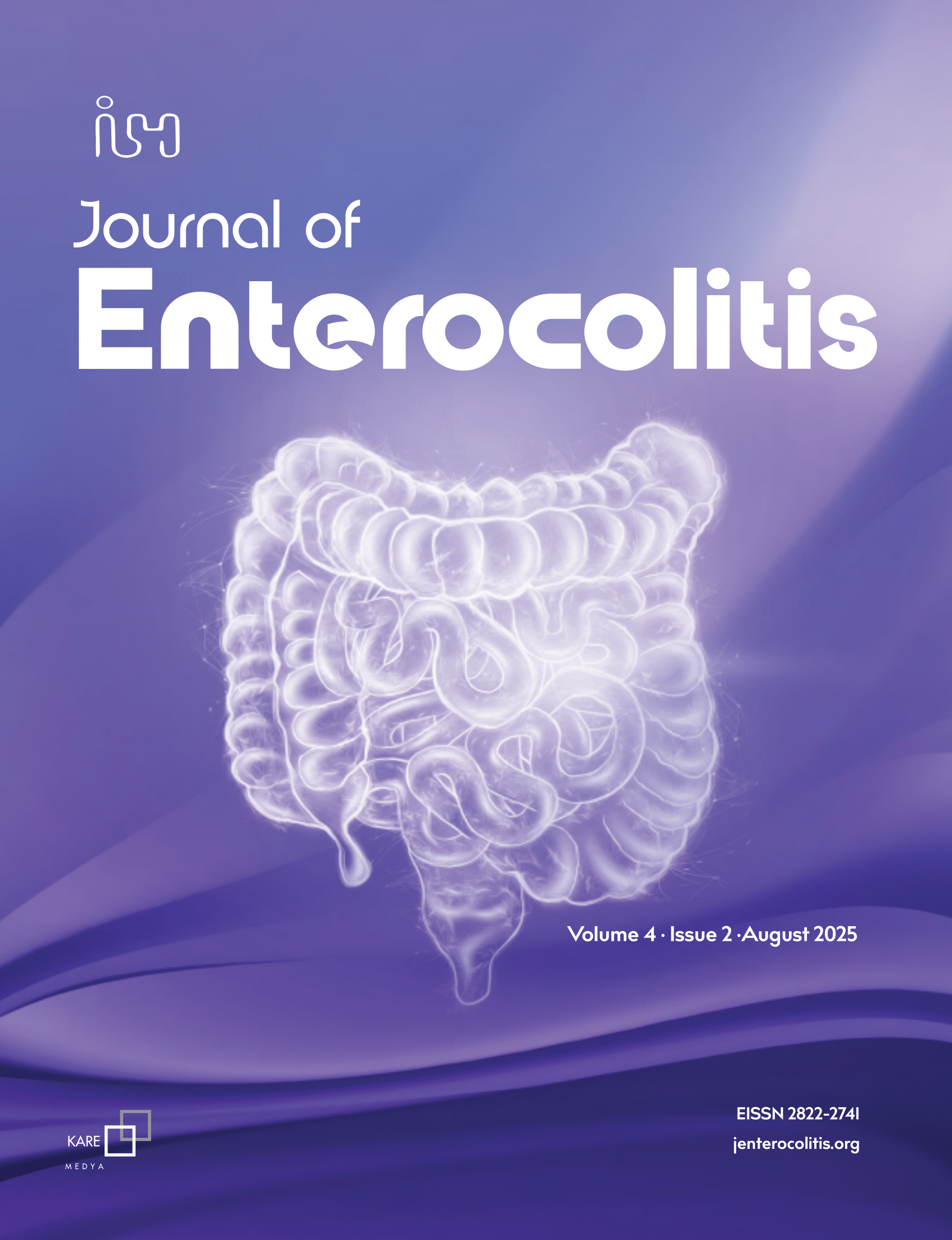
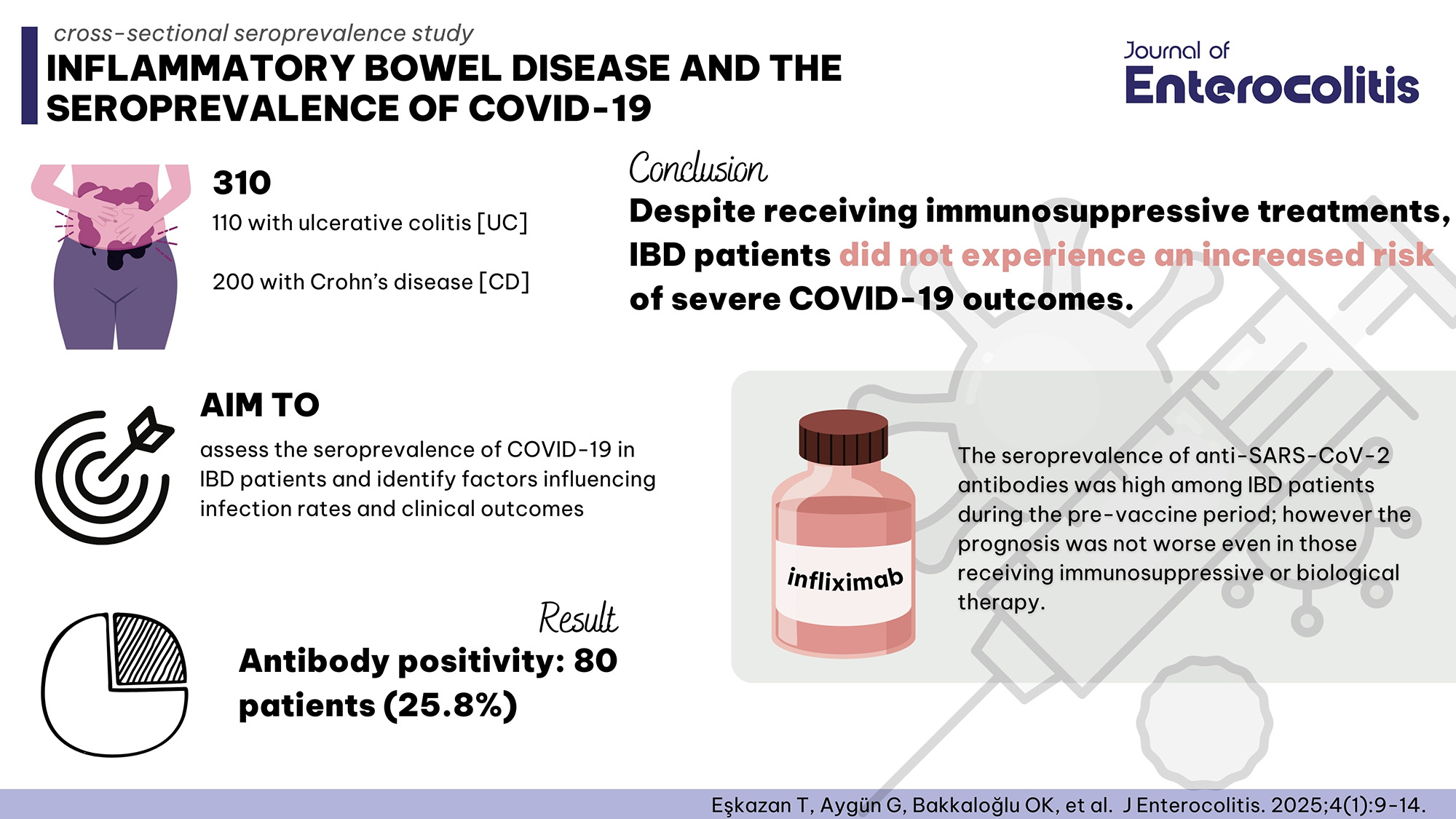
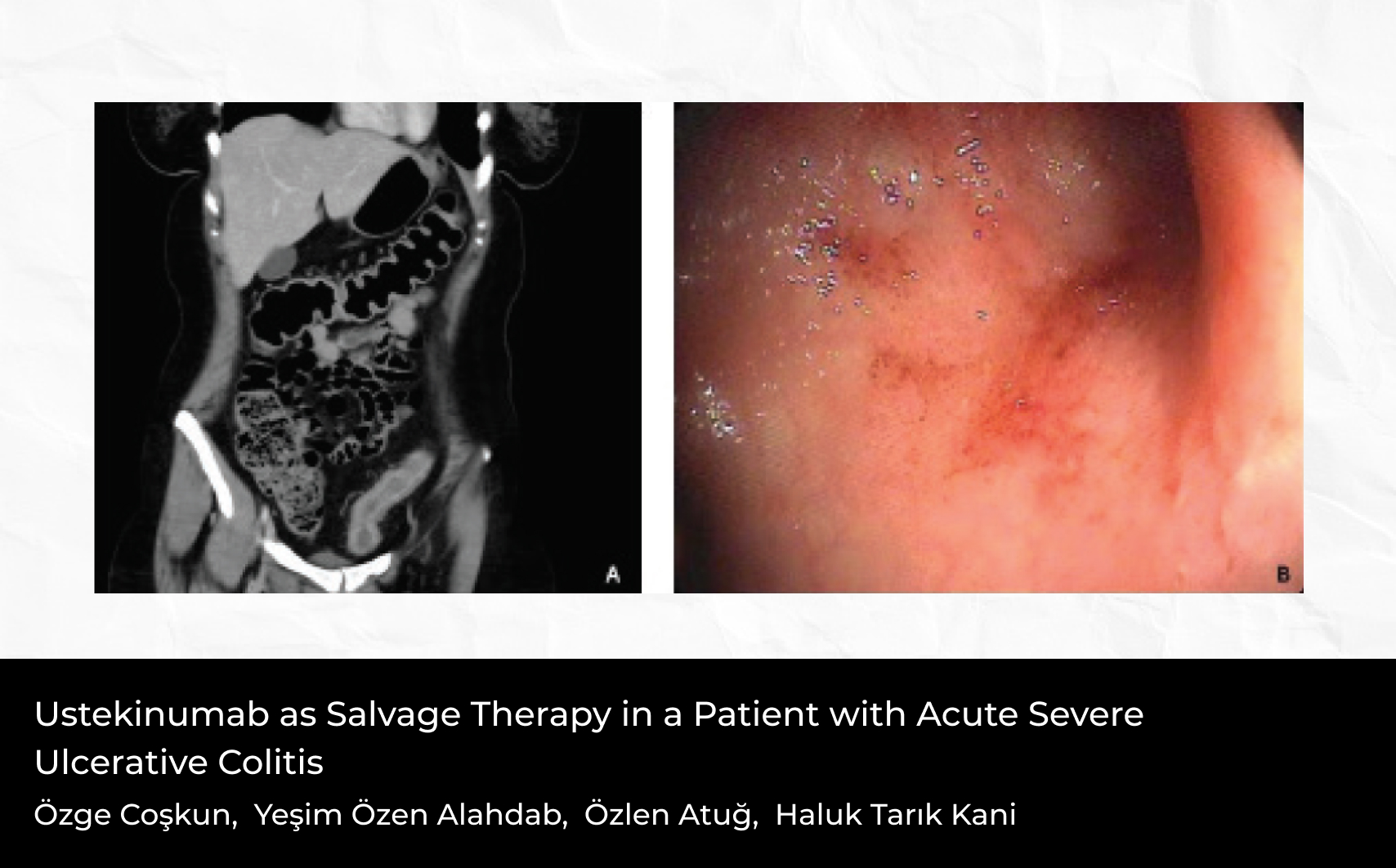

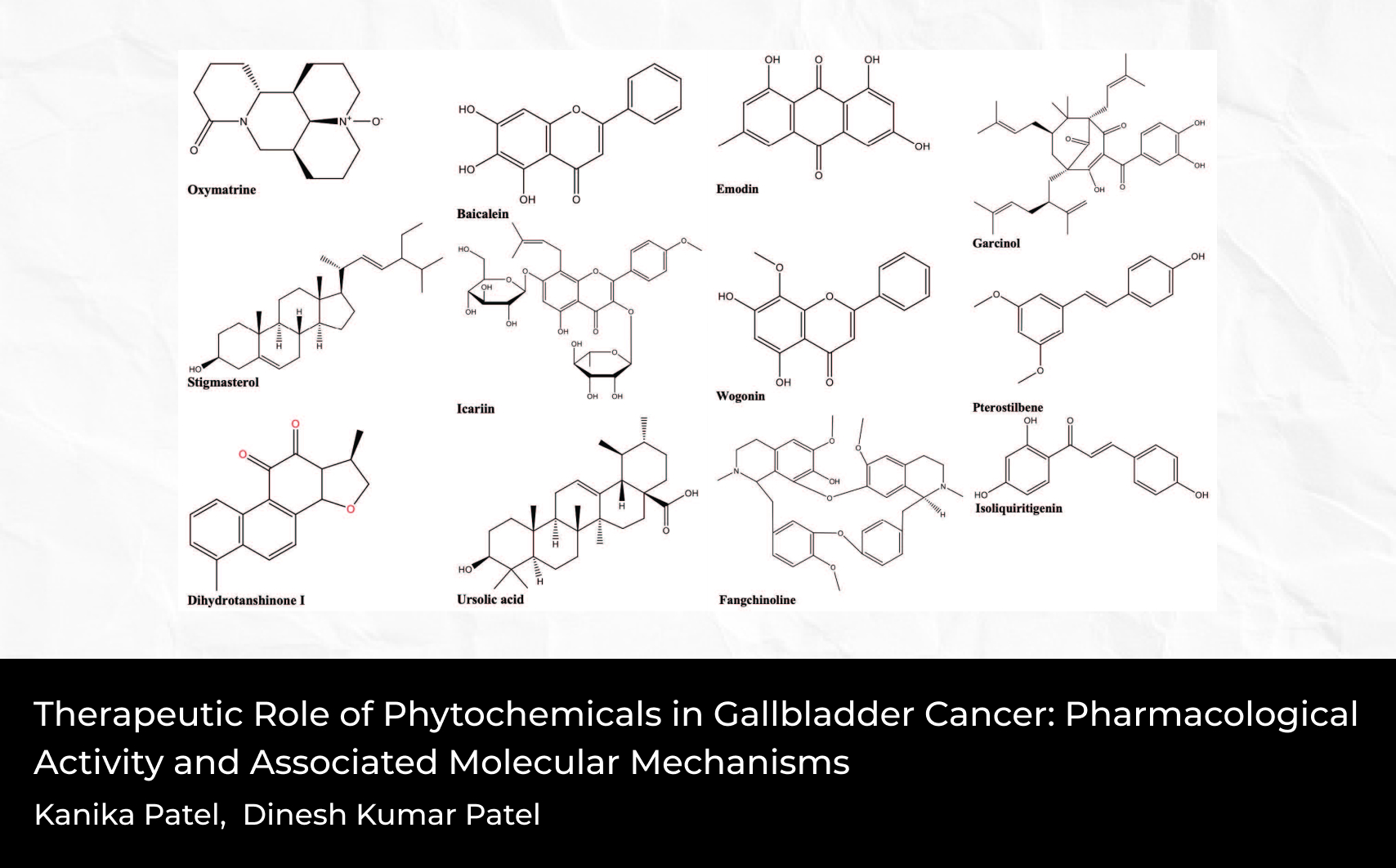
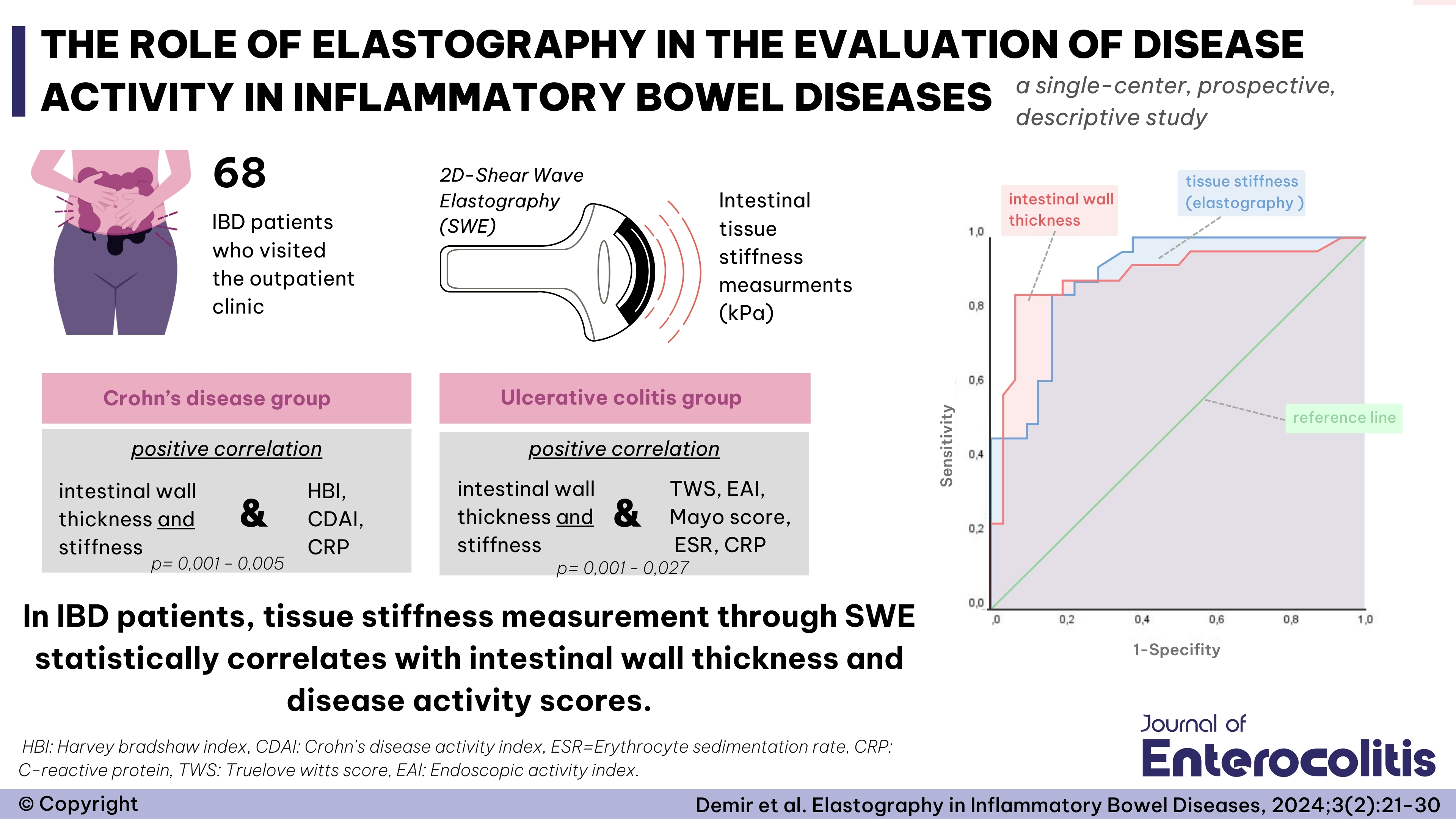


 Gino Rony Philip1
Gino Rony Philip1 






